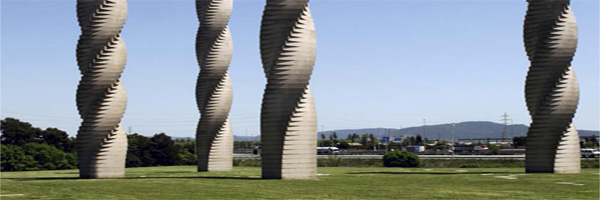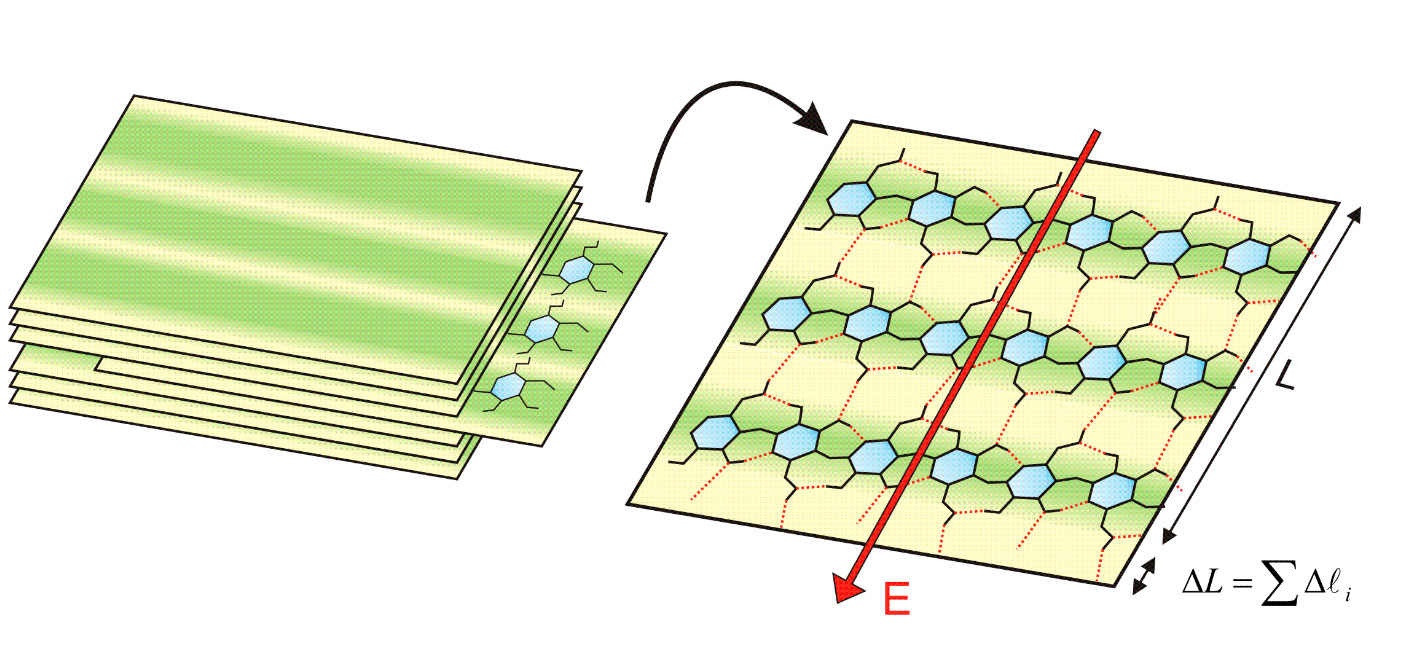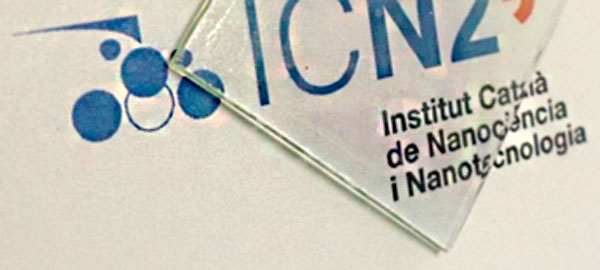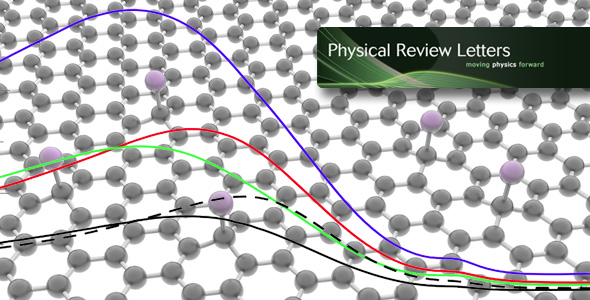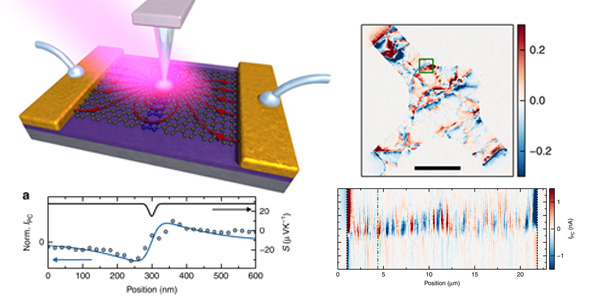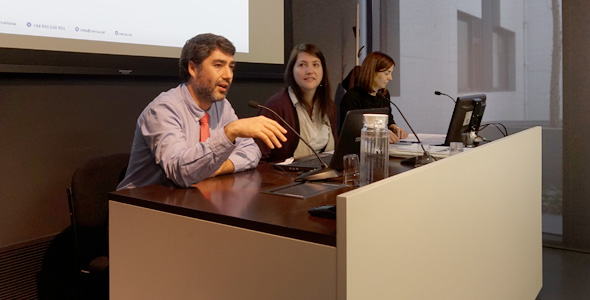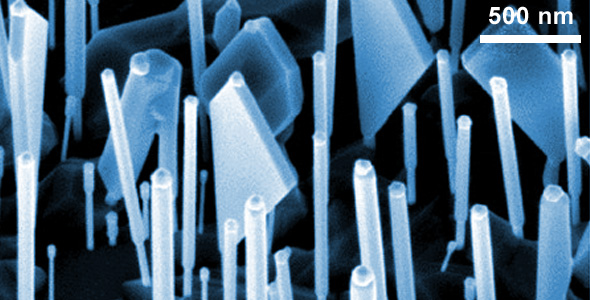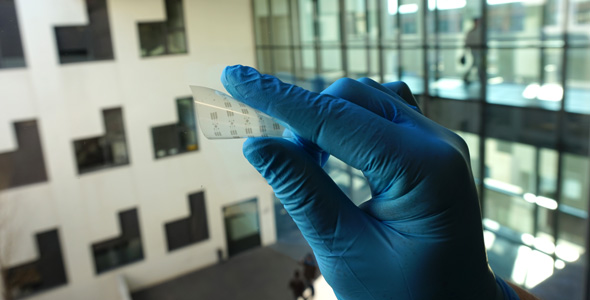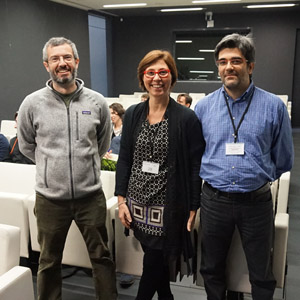Tuesday, 18 October 2016
EXCELLENCE 2016 celebrated the potential of the research developed at UAB Campus
Representatives from the five Centres of Excellence “Severo Ochoa” and the two Units of Excellence “María de Maeztu” located at the UAB Campus shared strategies towards achieving a top level of scientific excellence. The event was held on Monday October 17 in Centre for Research in Agricultural Genomics (CRAG), located at UAB Campus. The event counted on the presence of many other people from the scientific Spanish scene, such as Andreu Mas-Colell and Rolf Tarrach.
